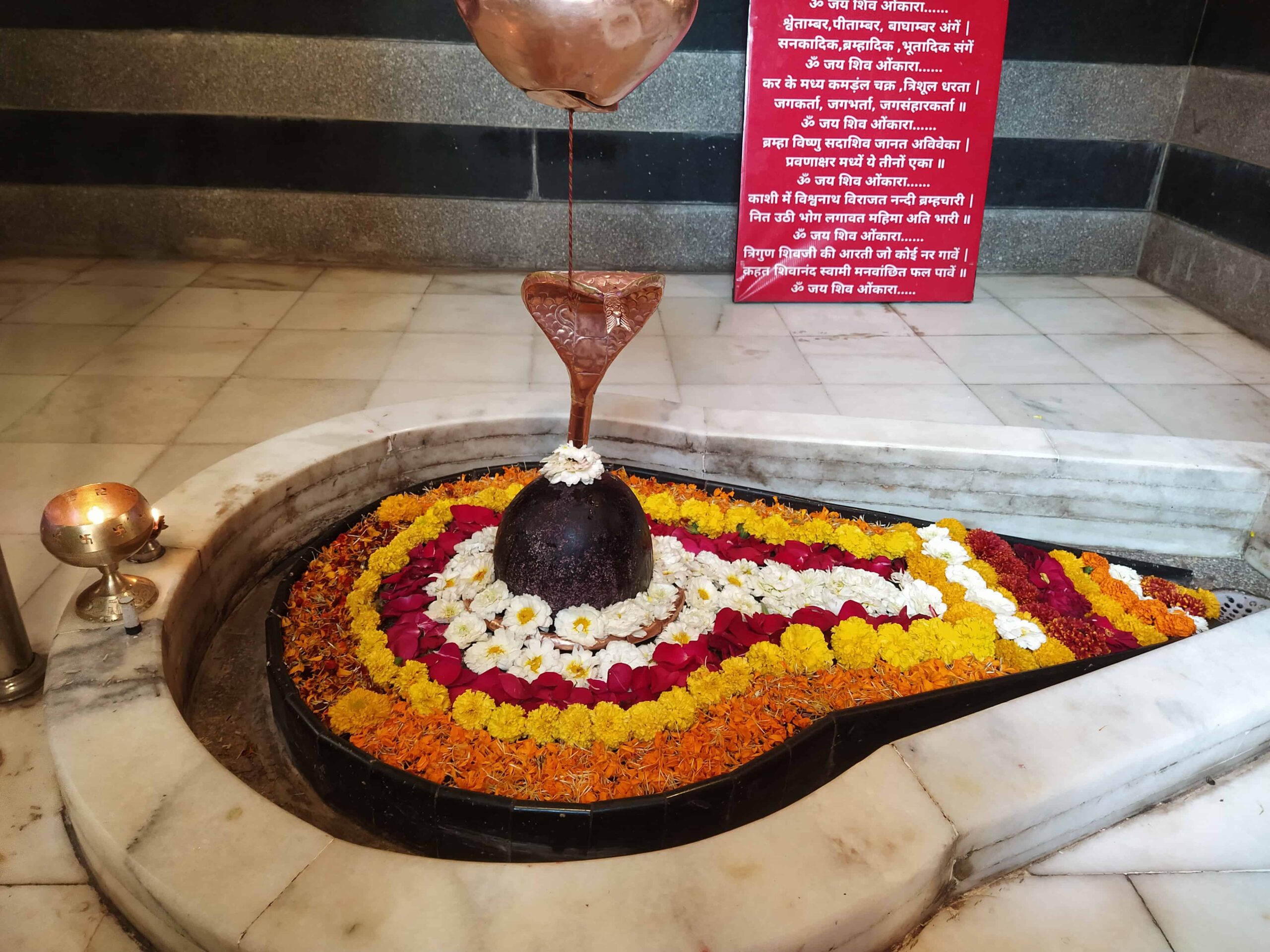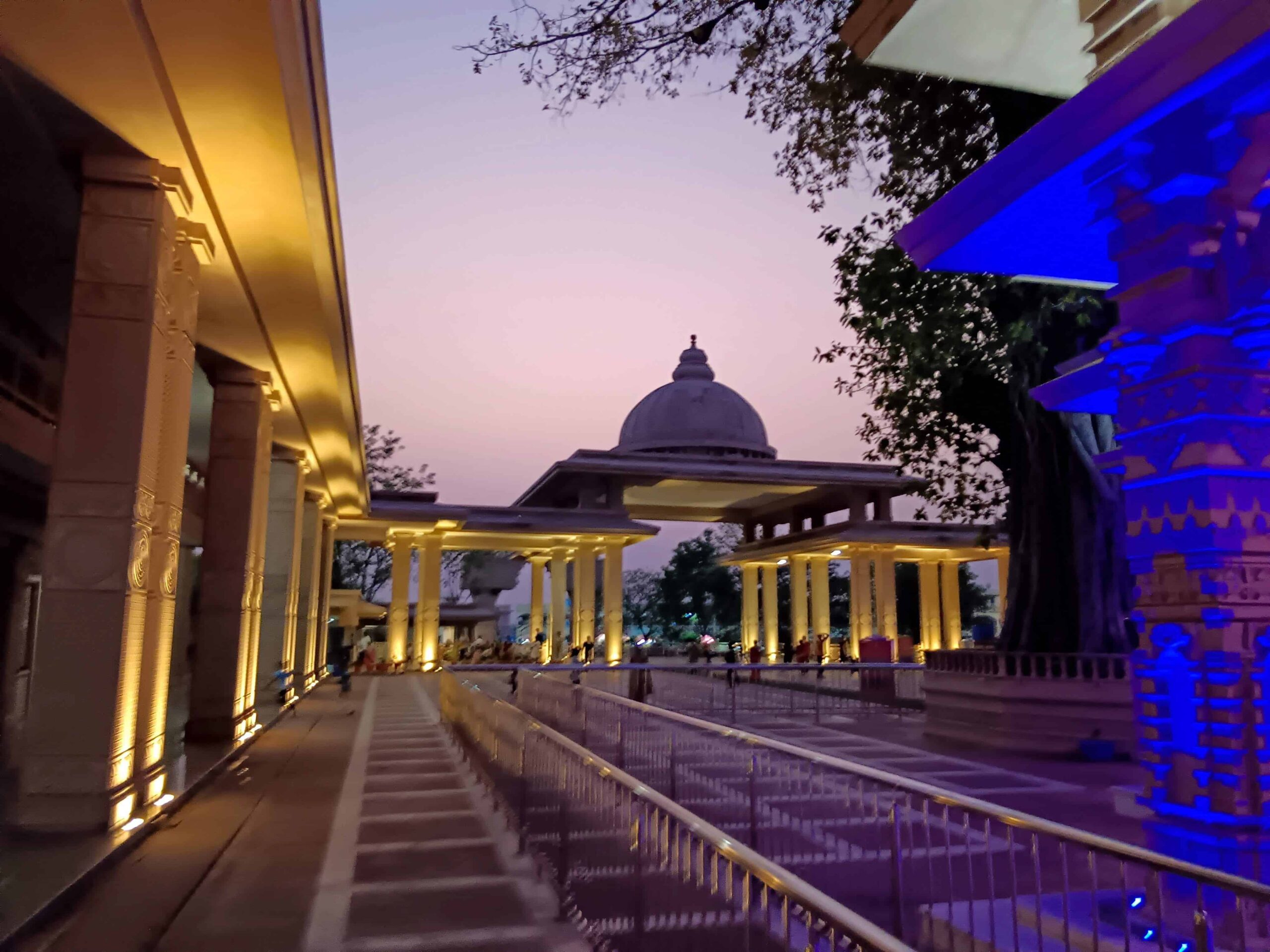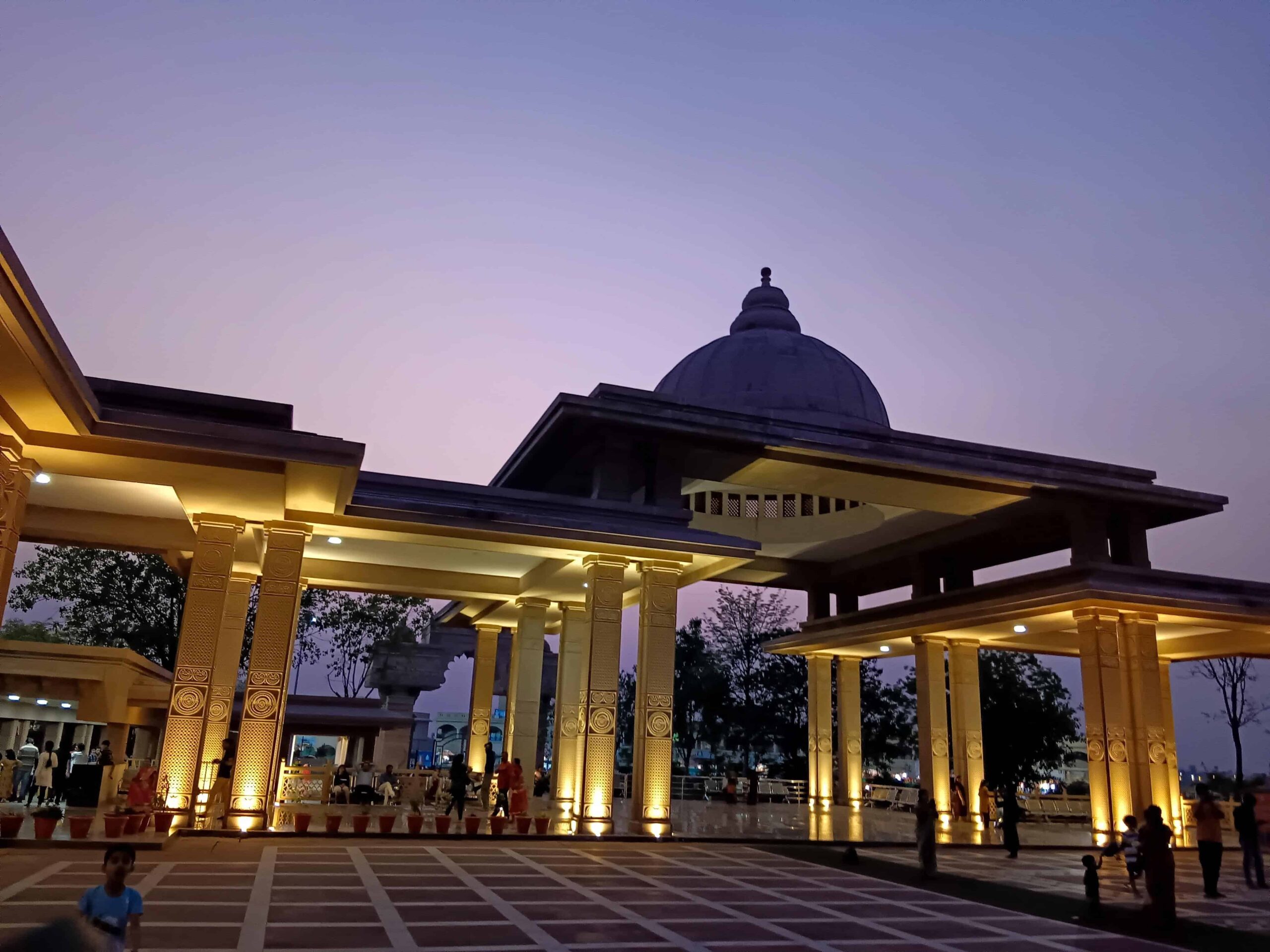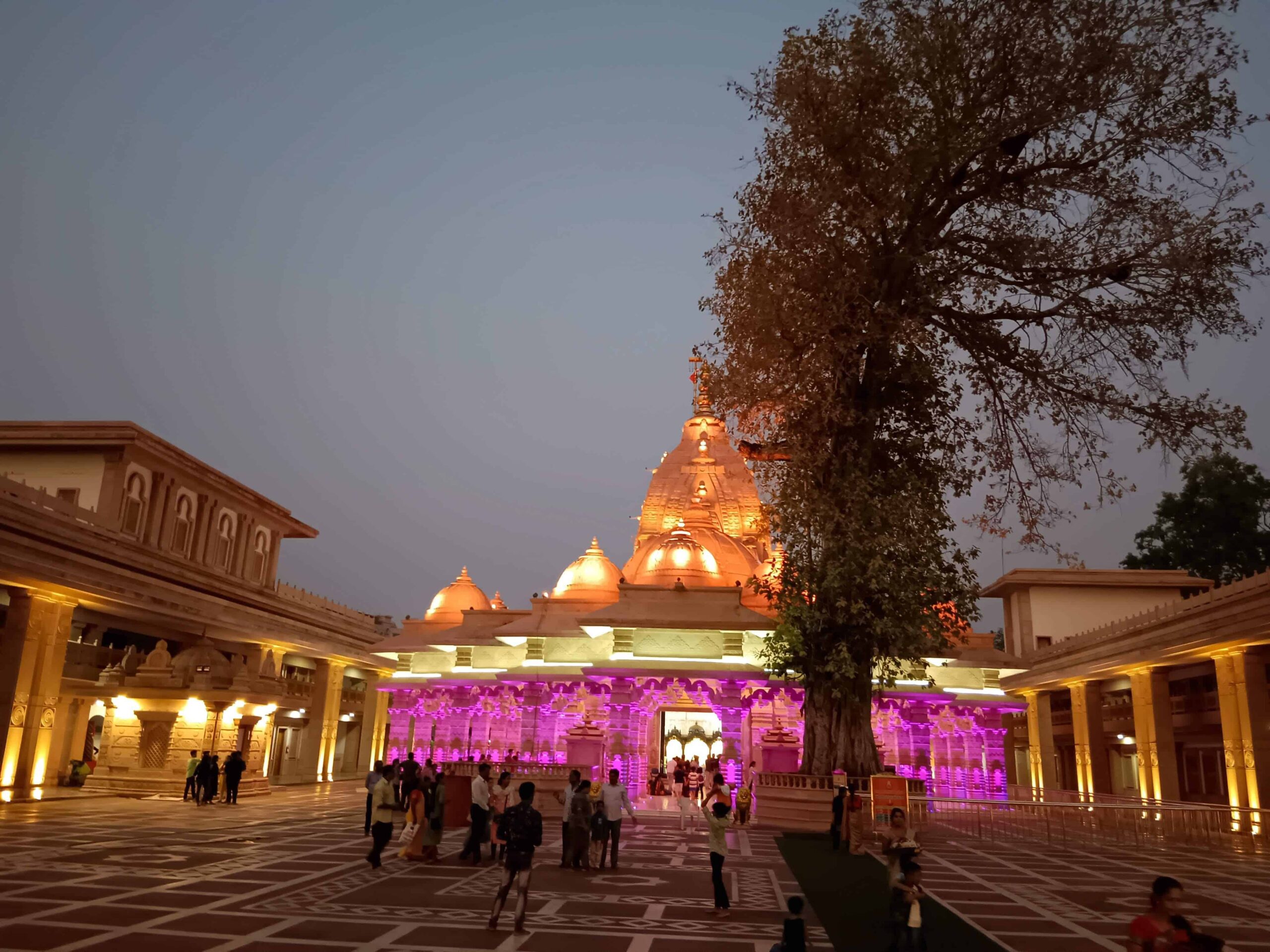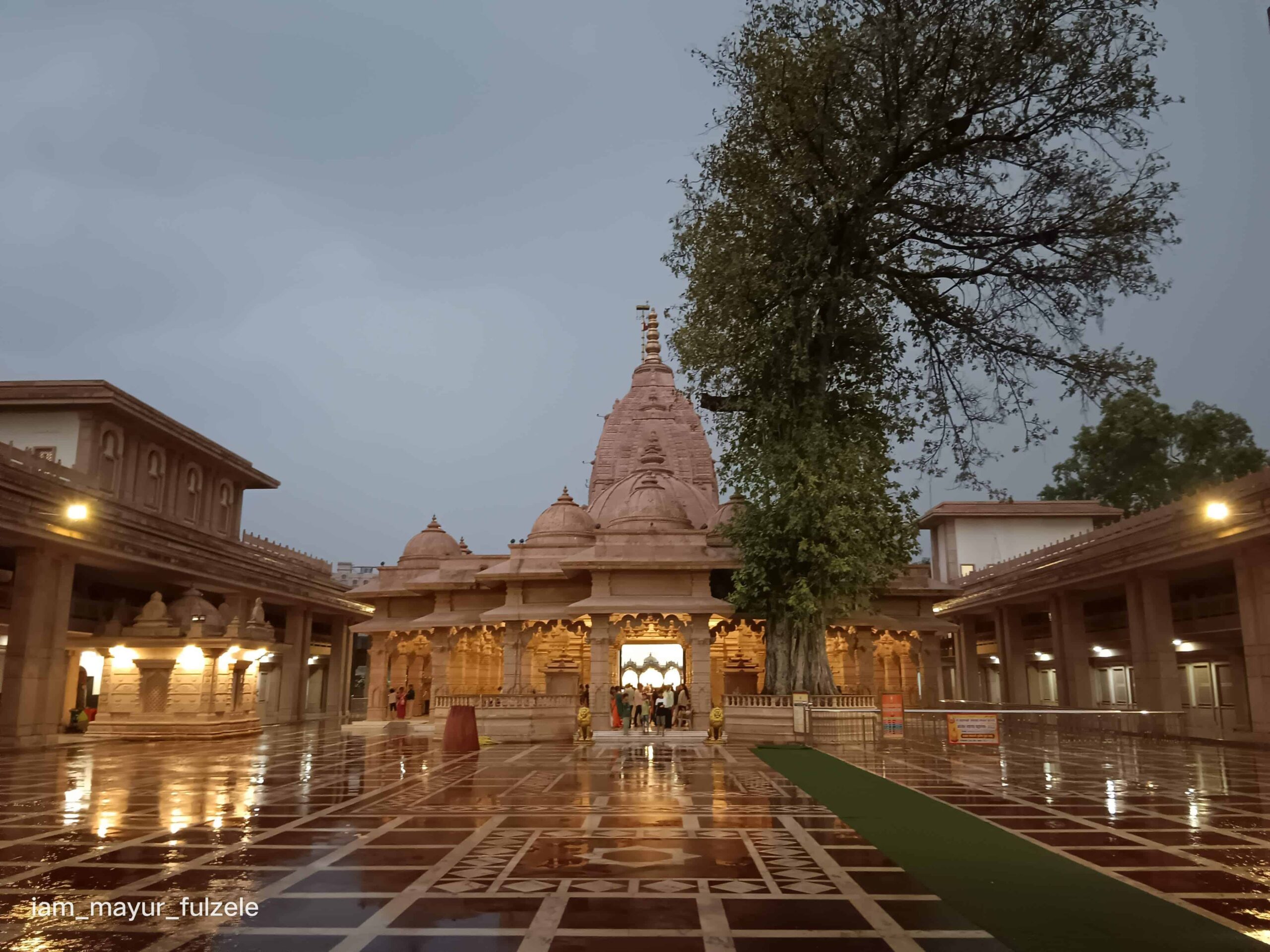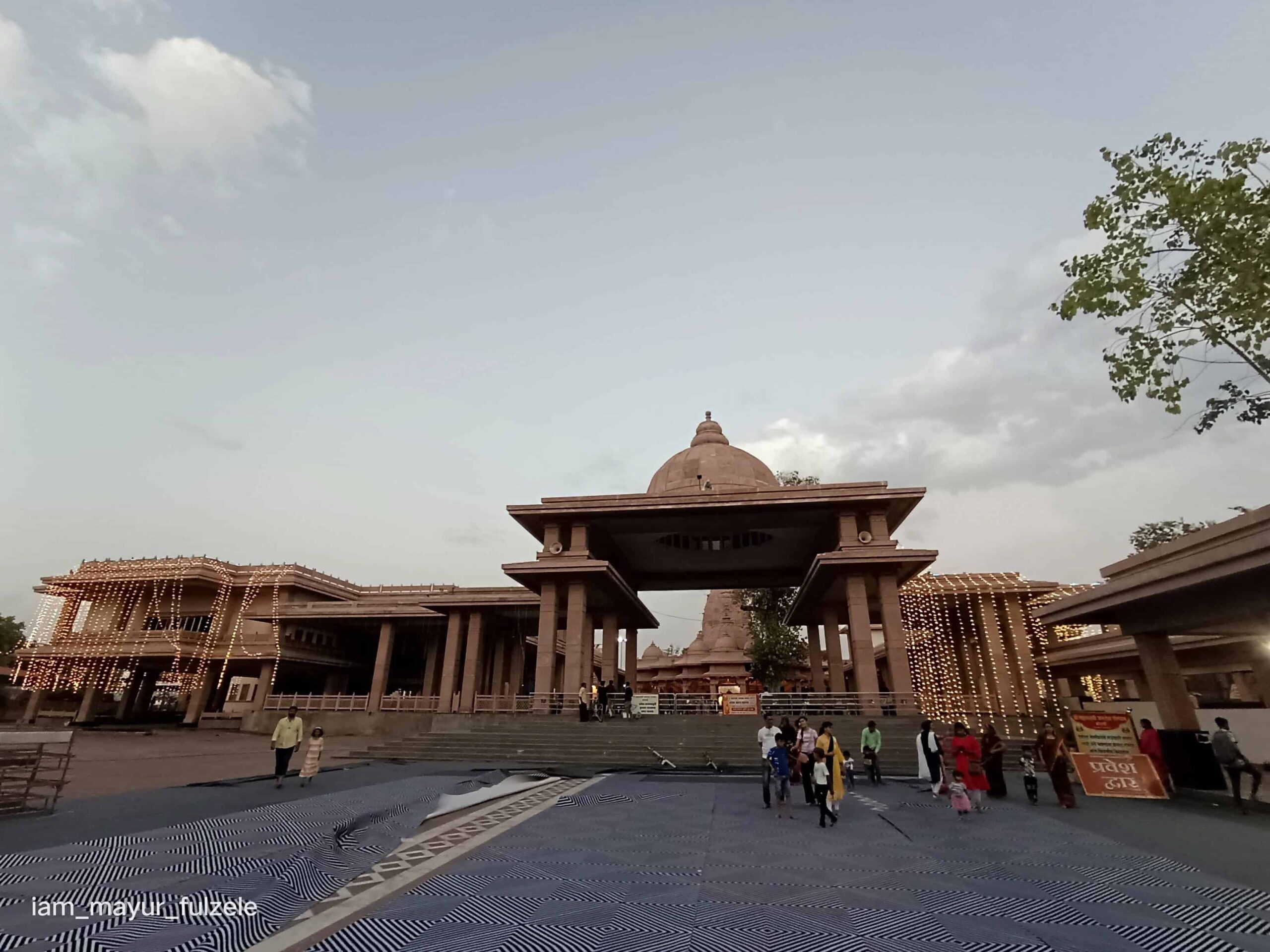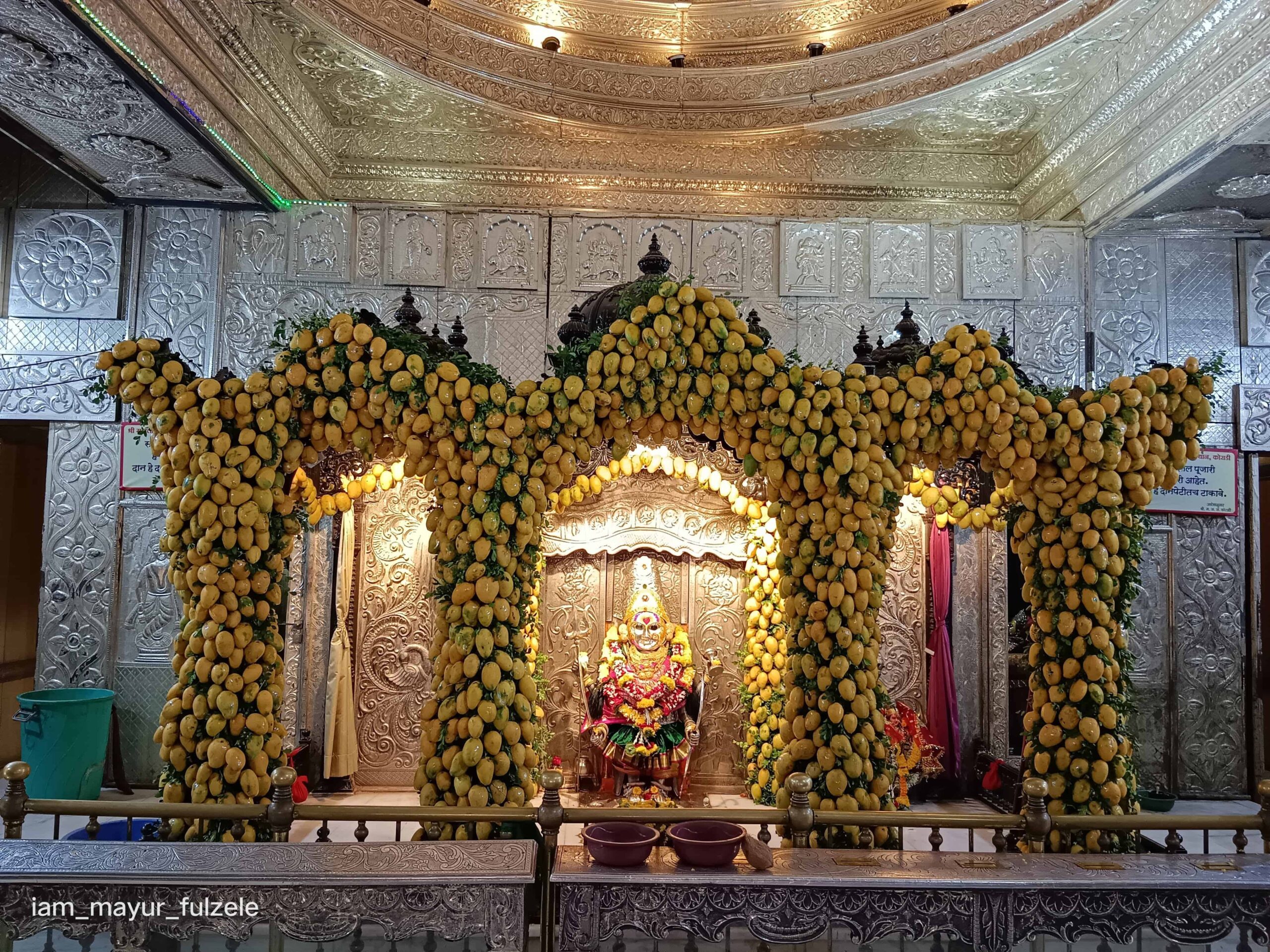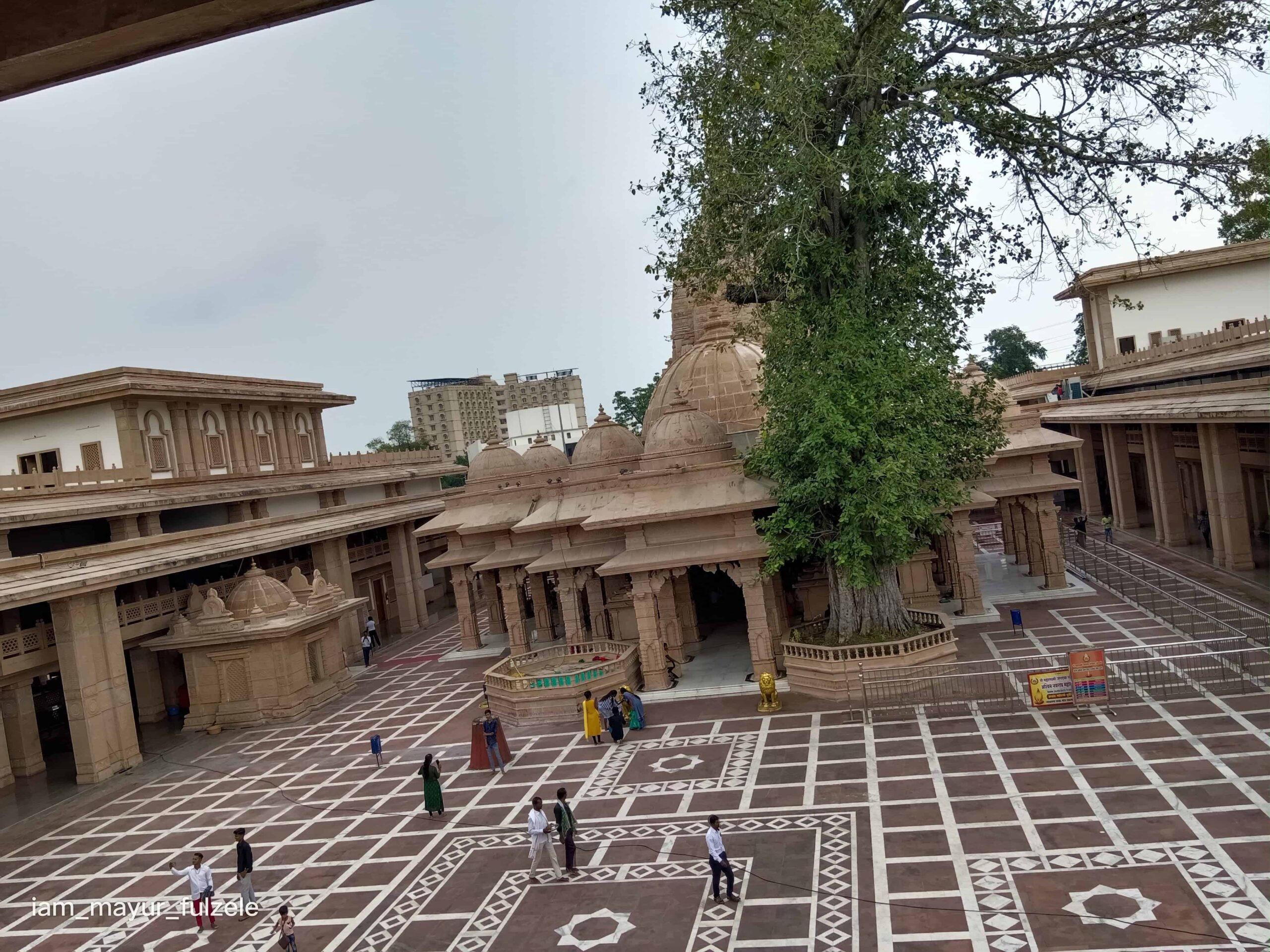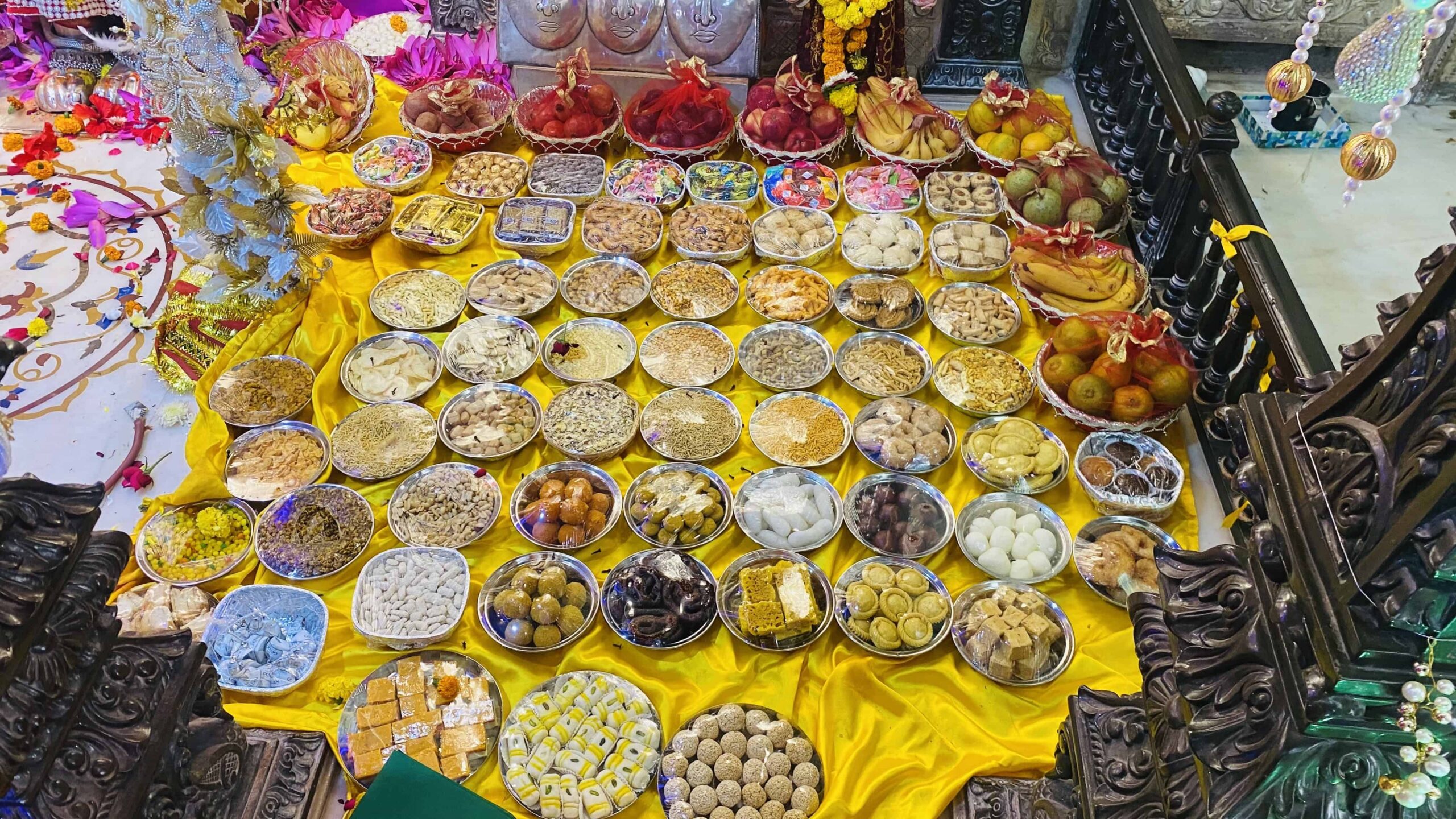Mahatmya Katha – The History And Background

In ancient times, Koradi was known as Jakhapur, ruled by King Jholan. He was blessed with seven sons: Janoba, Nanoba, Banoba, Bairoba, Khairoba, Agnoba, and Dattasur. Despite their presence, the king’s heart was heavy, for he longed for a daughter. He engaged in devout rituals—Yagya, Havan, Puja, and Tapashchrya—to please the gods and seek their blessing for a daughter.
In response to his fervent prayers, a daughter of divine beauty was born to him. From the moment he laid eyes on her, King Jholan felt the presence of Adi Shakti, the primal energy of the universe, manifesting in her form. This divine daughter not only became his guiding light, providing him with clarity during times of decision-making but also stood by him in times of adversity.
There was an instance when the king went to war, and she, with her innate sense of justice and divine insight, accompanied him. She played a pivotal role in ensuring fairness, not just for King Jholan, but also for his adversaries. It was yet another affirmation of the divine Shakti she embodied.
Upon their victorious return from the battle, she, as the embodiment of Adi Shakti, chose to halt where the sun set. This sacred location came to be known as Jakhapur, which is today’s Koradi. Legend has it that the idol found there is ‘Swayambhu’, meaning it wasn’t crafted by human hands but manifested on its own.
Close to this sacred spot lies a Kund and a Goumukh, from which a natural stream of cool water flows. Even today, one can find stones imprinted with intricate Rangoli patterns in the vicinity.
The temple, dedicated to Devi Jakhumai, stands as a testament to ancient architecture, intertwining beauty with spirituality. Devotees believe that with her blessings, they can achieve the four pillars of a fulfilled life: Arth (wealth), Dharma (duty), Kaam (desire), and Moksha (liberation).

